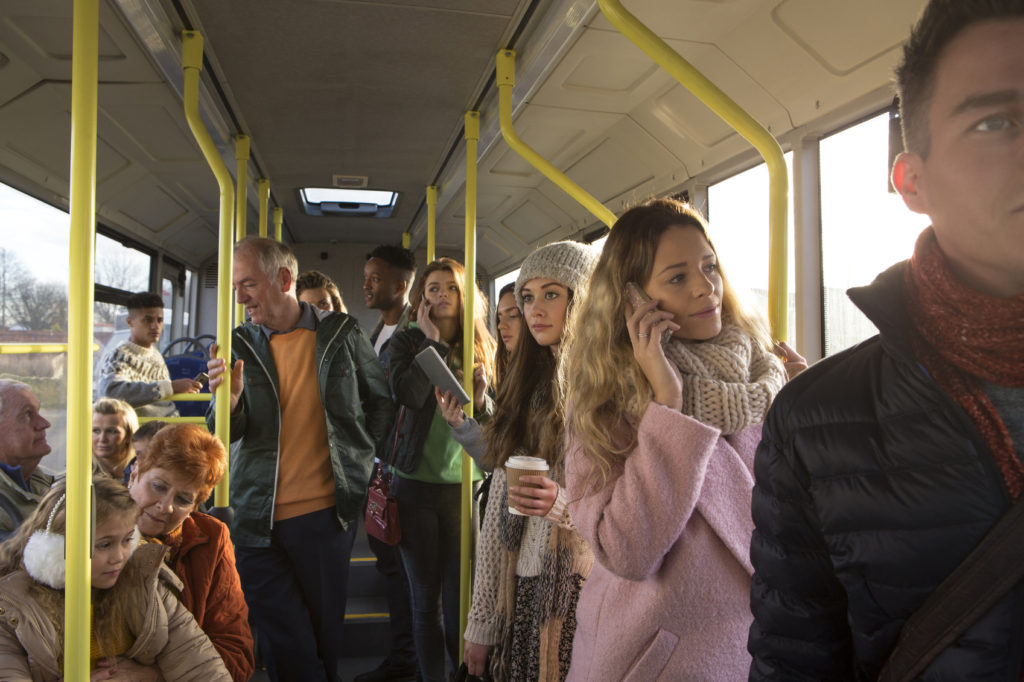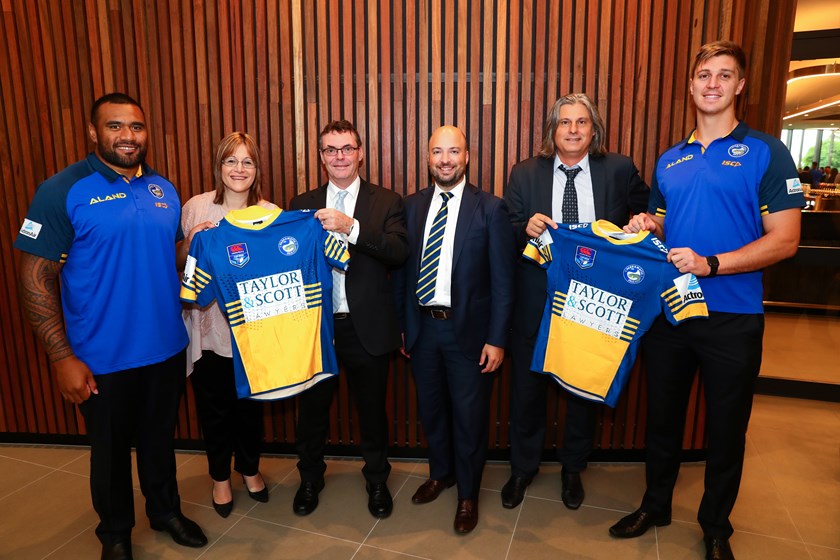
With a rising population and roads that can barely keep up, driving to and from work every day can be a nightmare on the busy roads in New South Wales. Traffic, combined with high petrol prices, increasing tolls and the cost of parking has lead many people to rely on public transport for their daily commute.
Each day, buses, trains and ferries transport thousands of people to and from work or school, while on weekends, public transport is relied upon for sporting and special events. On the whole, people make it to their destination safely, but given the number of people using public transport, accidents involving public transport and subsequent injuries are common.
Unfortunately, few people are aware of their rights and the actions that should be taken if they are injured while using public transport.
What is a Public Transport Injury?
A public transport injury refers to any injury sustained while using public transport or involving public transport. This includes: buses; trains; light rail; ferries; and bus or train stations. Injuries can occur in a number of ways and the cause of injury will be important when making a compensation claim.
Types of Public Transport Accidents and Compensation Claims
Public transport injuries and subsequent compensation claims can be divided into two categories including those that fall under motor vehicle accidents and those that are covered by public liability.
Injuries on public transport are commonly caused by the driver or operator, like the bus driver or ferry operator. Examples include: a driver who closes the door on a passenger; sudden braking which causes a passenger to fall or hit their head; or a driver who pulls away from the curb, platform or wharf causing injury to a passenger.
Like any mode of transport, public transport vehicles are also subject to collisions with other vehicles or property and these accidents can cause injury to passengers. Accidents may be the fault of the public transport driver, another driver or vehicle or unpredictable weather conditions.
The above examples all fall under the Motor Accident Act 1999 which extends compensation to those injured on public transport in addition to private motor vehicles. Under this act, an accident victim is eligible for damages for injuries as a result (or partly as a result) of the negligence of another party.
To make a claim, an injured person must prove that another party, in this case, either the public transport driver or other party, is at fault. Compensation claims are then covered by Green Slip Insurance.
What compensation can I receive?
Compensation is available to an injured person for the following:
- Pain and Suffering (subject to a threshold)
- Wage Loss
- Loss of Superannuation Entitlements.
- Medical Expenses
- Care and Assistance
It is important to note that recently announced changes to motor vehicle compensation in NSW will introduce a no-fault scheme as early as July 2017, however those injured on public transport are rarely at fault as they have no control of the vehicle, vessel or train they are in. It is important that any claim form be lodged prior to the new scheme being introduced.
The second category of public transport injuries fall under public liability. For example, a public transport user who falls and is injured at a train station because the floor is slippery or a passenger on a bus who is injured on a broken chair. In cases like this, an injured person can make a public liability claim under the The Civil Liability Act 2002. It is important to note you only have three (3) years from the date of the incident to commence any Court proceedings. They will need to prove duty of care, fault and loss or damages. For more information on public liability and making a public liability claim see Do I Have a Public Liability Case?
Can You Make a Claim?
If you have been injured while using public transport, in addition to reporting the incident to public transport authorities, it is important to seek legal advice. A legal professional will be able to advise if you are eligible for compensation under the New South Wales Road and Traffic Compensation Scheme or if you need to make a public liability claim.
There are strict time limits on compensation claims so it’s imperative that you seek legal advice as soon as possible. In addition to a no-fault scheme, recently announced changes to motor vehicle accident compensation in NSW will significantly reduce the level of compensation available to injured road users and those on public transport so it’s even more important to act quickly.
Taylor & Scott Lawyers are personal injury specialists and can advise you based on the circumstances surrounding your public transport injury. Arrange a FREE 40-minute case assessment with a compensation law expert who can advise if you are eligible to make a claim and the subsequent steps that should be taken.
An injury may cause significant financial loss and result in long term damage both physically and emotionally. If the injury happened on public transport then you can probably make a compensation claim. Contact the personal injury lawyers at Taylor & Scott Lawyers to find out how.
At Taylor & Scott “We Care For You”.



